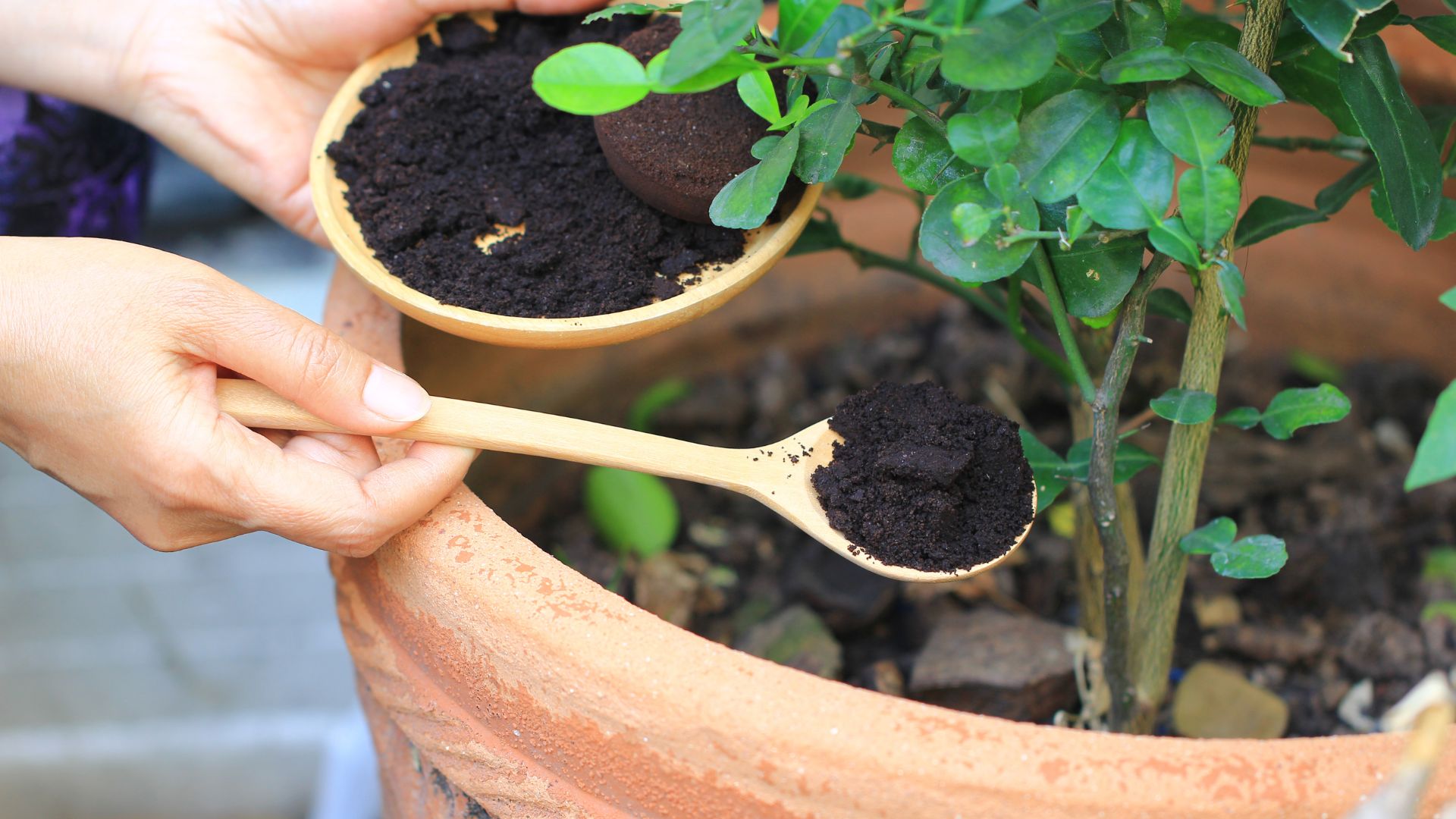
There are plenty of commercial products to buy that will help you take care of your yard, but sometimes the best solutions are ones that you already have on hand. And if you've got one of the best coffee maker already at home, it can make a world of difference to your yard.
As a general rule, it’s best to put natural products back into the earth, which is why composting is such a popular and recommended practice. When you can combine the benefits of all-natural goods with the ease of daily household refuse, you’re onto a winning formula. And that’s why coffee grounds are such an underrated material for the average gardener.
“Coffee grounds are the Swiss Army knife of garden care,” said Maria Caceres, owner of The Coffee Temple. “Need a fertilizer? Done. Slug repellent? Check. Mulch alternative? You bet. They'll never replace everything in your shed, but they come surprisingly close.”
Coffee grounds, as you know, are the dregs left behind after you’ve brewed a cup of coffee in your coffee maker or French press. What you may not know is that they are rich in nutrients that plants and soil love. Not only that, but their texture and natural pH provides additional benefits to your yard, turning them into an all-purpose treatment that is cost-effective and accessible, especially if you have access to one of the best coffee grinders. As Ben McInerney, certified arborist and founder of GoTreeQuotes.com, told me: “Just as a good cup of coffee can jumpstart your day, coffee grounds can give your yard a jolt of vitality.”
Here are five ways that you can repurpose old your coffee grounds to help your yard thrive.
Five uses for coffee grounds in your yard
1. Repel pests
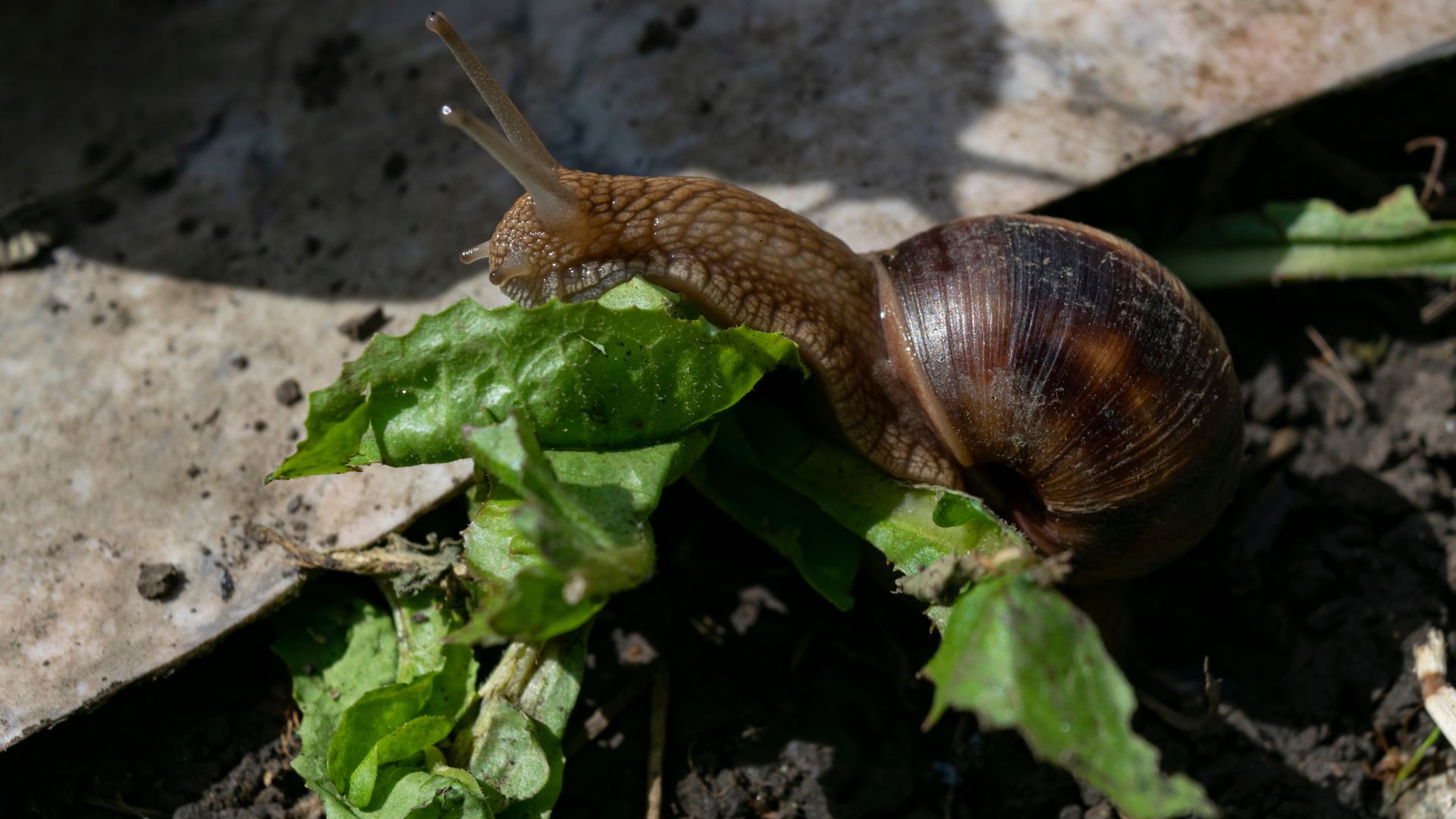
Coffee grounds have a gritty texture that isn’t pleasant to drink – and it turns out a lot of pests share a distaste for that texture. Slugs, snails and ants would all rather travel around a wall of coffee grounds than go over them, which makes them an obvious choice to apply as a simple protective barrier. By sprinkling coffee grounds in a circle around the base of a vulnerable plant, you can reduce the likelihood of pests getting to the vegetation and causing damage. And it’s not just the feeling of the grounds that insects dislike, but also what’s inside. While we may love that hit of caffeine, pests don’t feel similarly.
“Those pesky slugs and snails that terrorize your lettuce? They hate caffeine as much as they love your veggies,” explained McInerney. “We've seen a 50% reduction in slug damage when using coffee ground barriers around vulnerable plants.”
2. Enrich compost
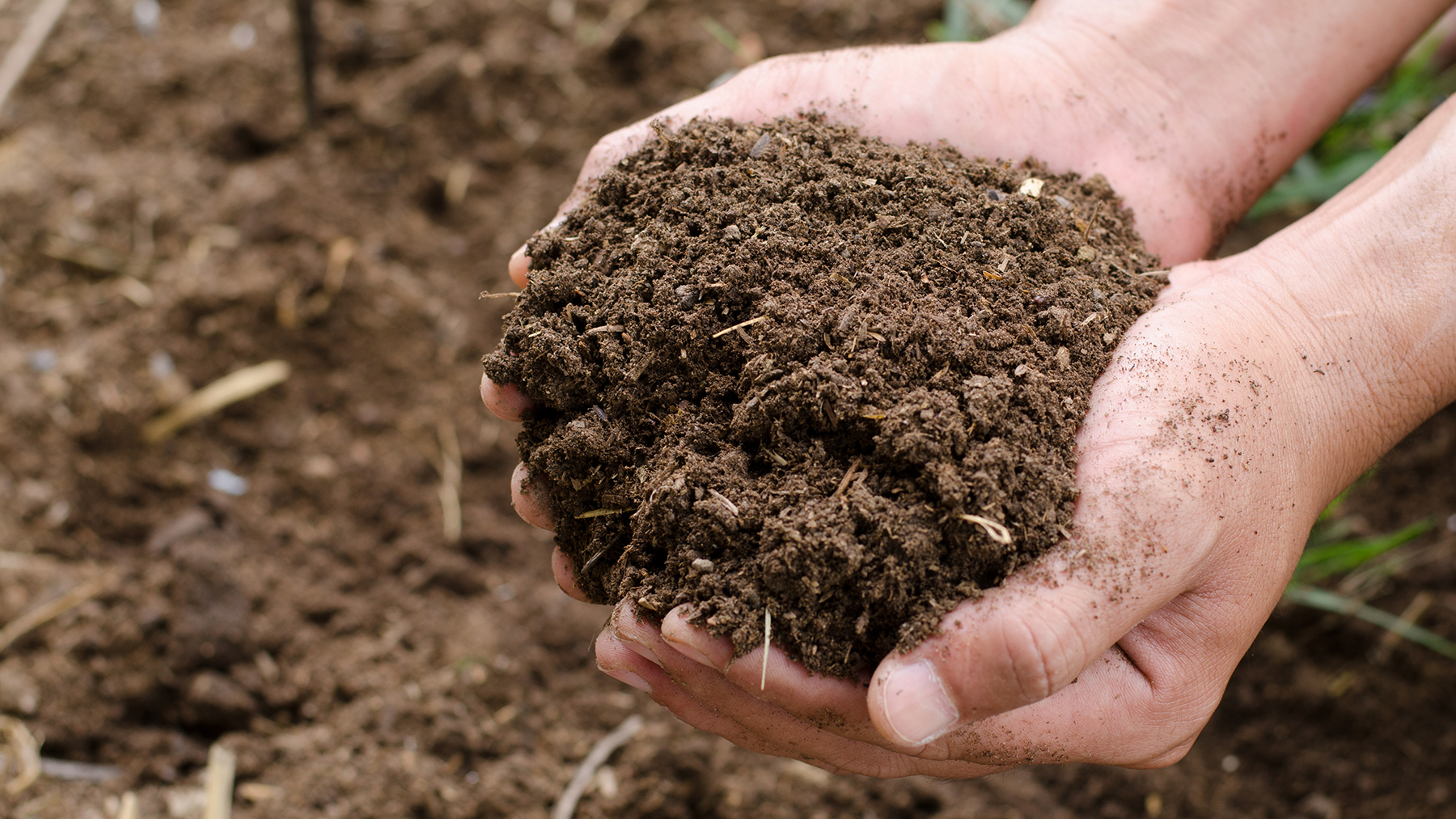
If you already utilize compost in your garden but you’re not adding your coffee grounds, then you’re missing a trick. Adding grounds to the compost bin is not just a sustainable use of the waste, but actually a way to improve the quality of the compost itself.
“The best way to use coffee grounds is to add them to compost containers or worm bins,” said Michael Clarke, horticulturist, landscape architect and founder of online nursery and landscaping platform Yardwork. “Because they break down easily and contain nutrients, they will help build a strong compost profile that will promote healthy plants when mixed into the soil.”
Not only will the compost be more beneficial to plants, but you’ll likely notice that it breaks down in half the time when coffee grounds are present. This is because they feed the worms present and help them to do their jobs better.
“To worms, coffee grounds are like a gourmet feast,” said Caceres. “Adding them to your worm bin makes your wriggly friends happy and accelerates composting.” This means that coffee grounds are a great way to make a quick batch if your plants are really in need of an infusion of nutrients and you don’t want to wait as long as usual.
3. Decrease soil pH
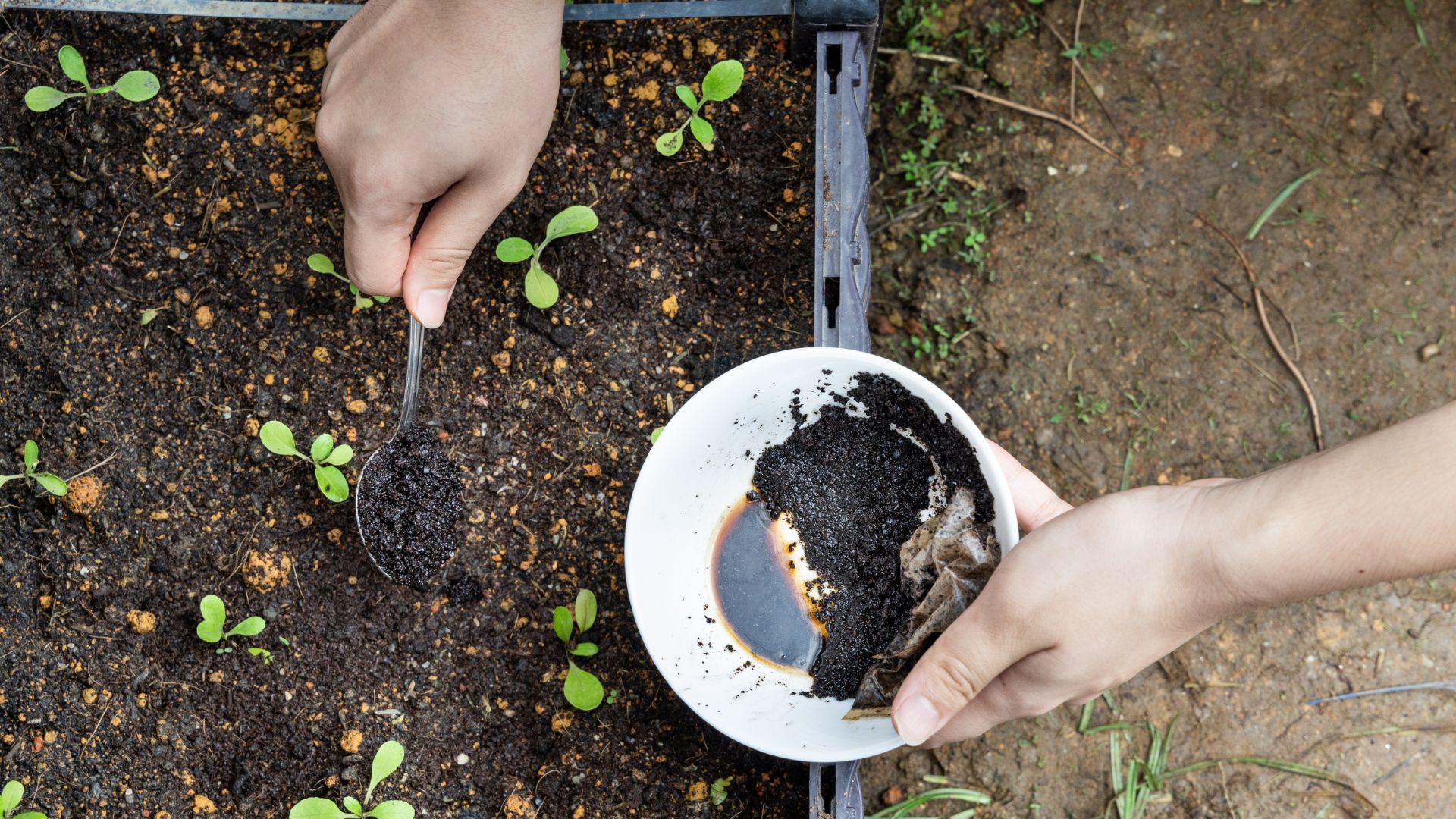
Getting your soil to the right pH can sometimes make you feel like Goldilocks. While most plants prefer a fairly neutral soil, this isn’t always what you’ll find naturally occurring in your yard. Some treatments, such as lime, can increase the alkalinity of your soil — which can be a good thing or a bad thing, depending on the base conditions. If you’re looking to increase the acidity and decrease the pH of your soil, then coffee grounds can really come in handy.
“Coffee grounds are slightly acidic and can be used as a fertilizer for acid-loving plants such as hydrangeas and azaleas, as well as plants like roses which need higher nutrient concentrations for flower production,” explained Clarke. “They can be spread around the root zone and watered into the soil.”
One thing to keep in mind is that not all coffee grounds are created equal in this regard, so be careful about what you choose to apply to your garden. As with most pH-related issues, less is more — you don’t want to shock the plants. “While fresh coffee grounds are acidic, used grounds are nearly neutral,” said McInerney. “We've successfully used them to gradually lower soil pH for plants that prefer slightly acidic conditions, like rhododendrons and pine trees.”
4. Replace mild fertilizer
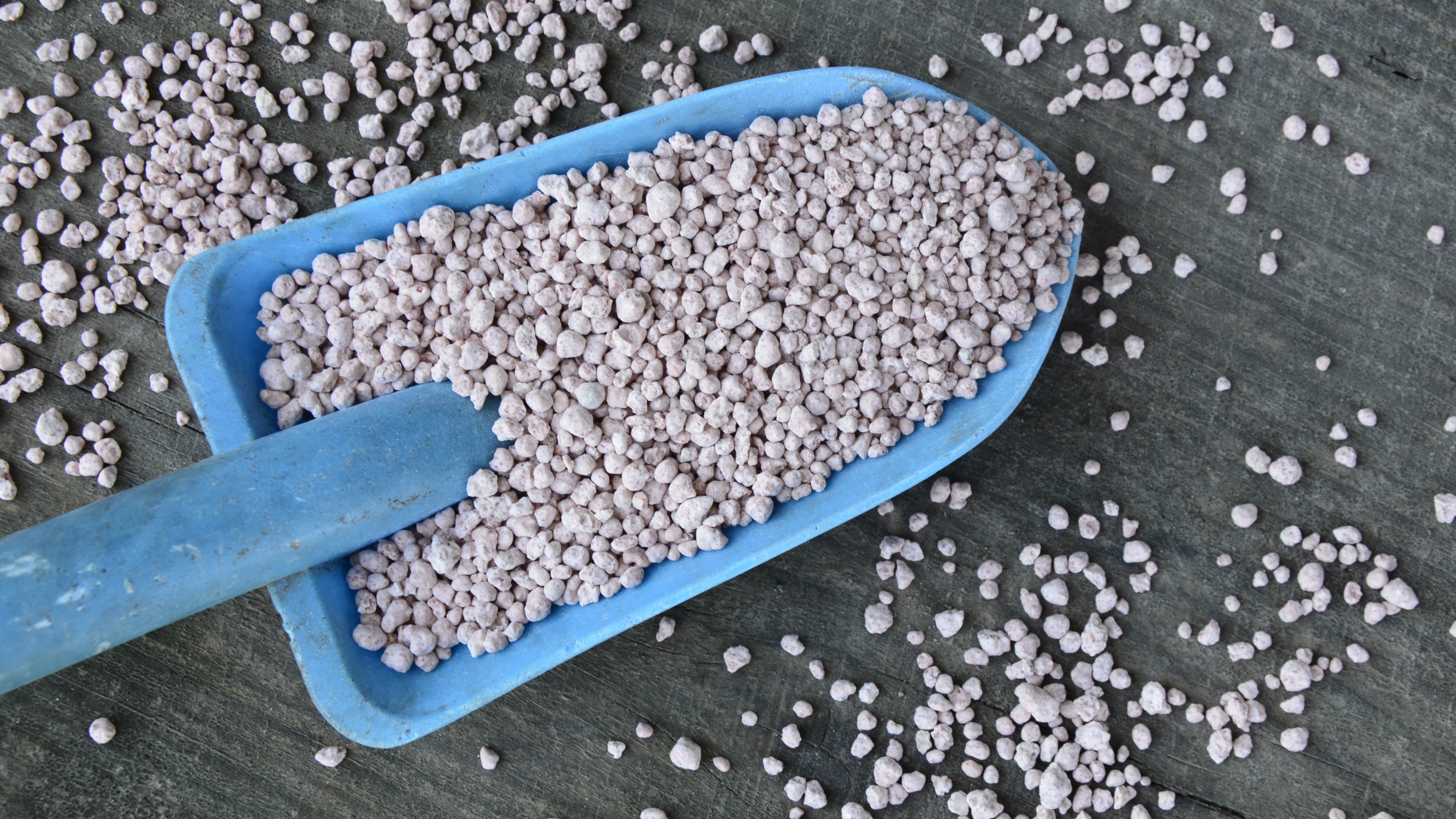
Coffee grounds don’t just have unusual applications: They can also be used as a direct replacement for traditional fertilizer. This is because most fertilizers focus on the three main macronutrients that plants need, which are nitrogen, phosphorus and potassium. It just so happens that coffee grounds are rich in all three of these minerals and are approximately 2% nitrogen by volume.
You’ll also find a series of micronutrients that are beneficial to plants, such as magnesium and calcium, as well as organic matter. All of these ingredients enrich the soil and help plants to grow strong, with nitrogen playing a starring role in helping to produce lush green leaves.
“We've used coffee grounds to boost the growth of acid-loving plants like azaleas and blueberries, seeing up to 20% increase in foliage density and fruit yield,” said McInerney.
5. Create eco-friendly mulch
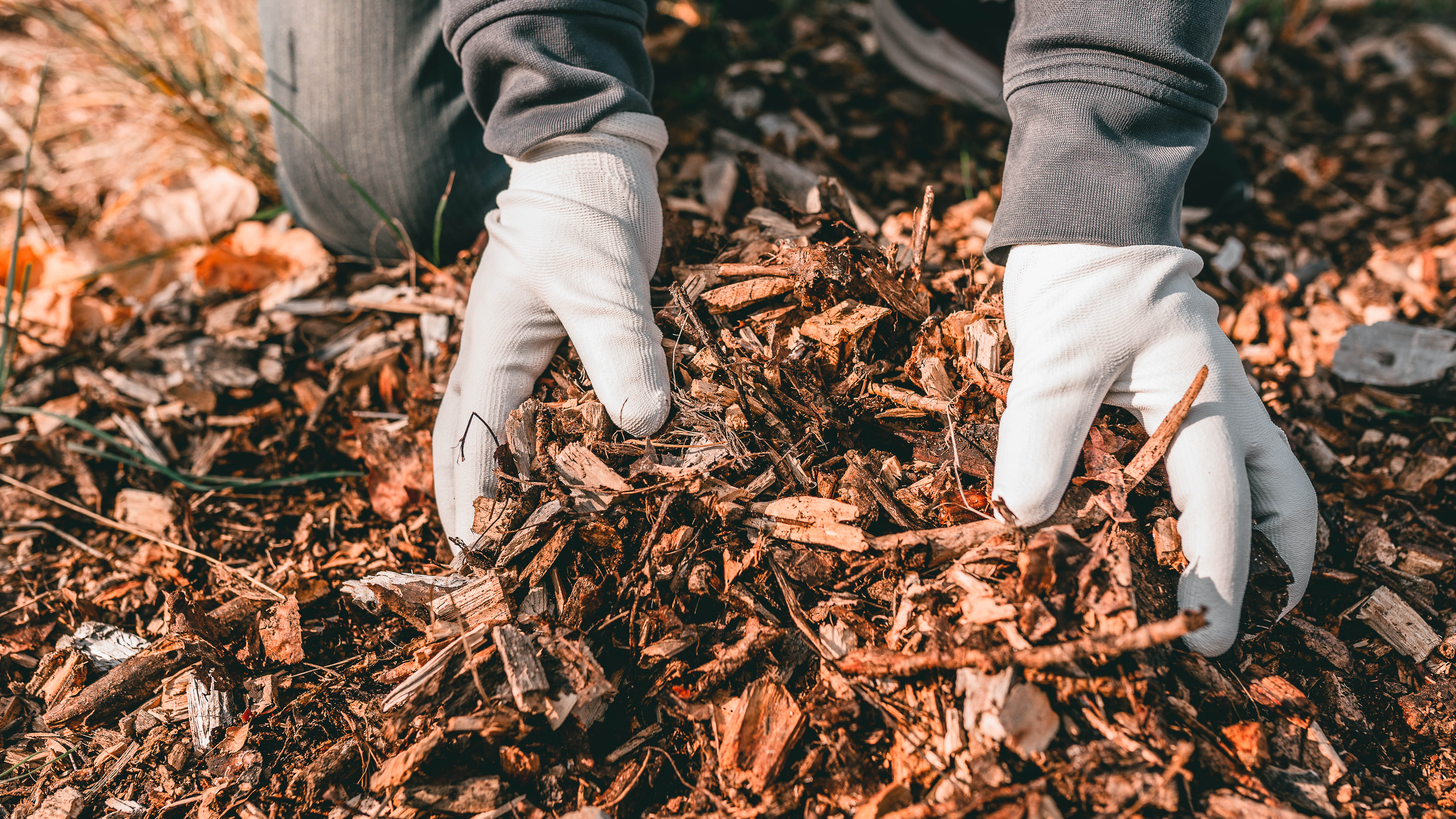
Mulch is the important material in your garden that lays on top of the soil and helps to conserve moisture, reduce weed growth, and maintain temperature and overall health. While you can buy pre-made mulch, coffee grounds are a great addition to a pre-mixed bag or they can simply be applied on their own for a similar effect.
“Instead of tossing coffee grounds in trash, just sprinkle around the soil like laying a guard,” explained Caceres. “They help retain water and prevent weeds, all the while giving off an easy, earthy kind of allure.” This is one of the easiest and most effective ways to put your used coffee grounds to immediate good use.
McInerney agreed: “Coffee grounds make an excellent mulch, retaining moisture and suppressing weeds. In our urban forestry projects, we've used coffee ground mulch to reduce water needs by up to 30% in newly planted trees.”







